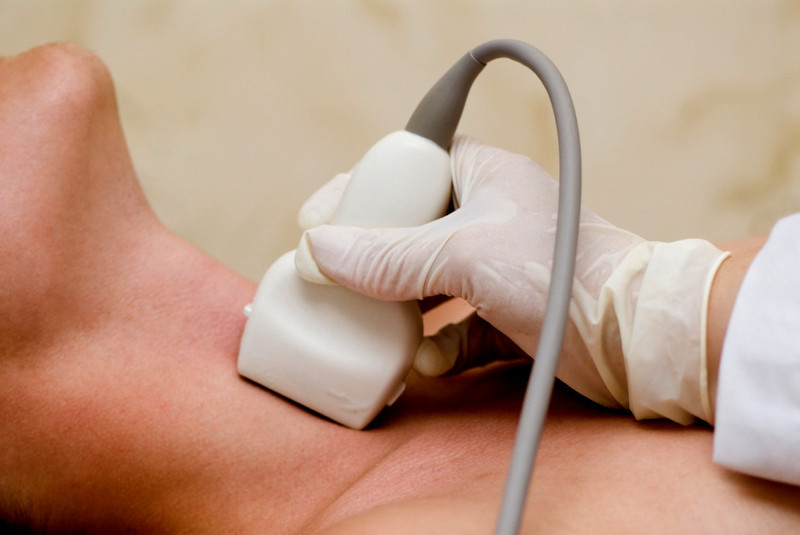

What is life expectancy after carotid artery surgery? For the test, you may also be administered contrast dye, a substance that makes it easier to see the blood vessels. Does a CT scan show blocked carotid artery?Ī CT scan can give your physician extensive information about where you may have narrowing in the carotid arteries. Carotid stenosis can cause a stroke in two ways. In other cases, strokes are very large and devastating. Sometimes, strokes can be mild and recoverable. People who have carotid artery stenosis are at increased risk for a stroke, which can lead to disability or death. …Ĭan you live with a blocked carotid artery? Eliminate artificial sources of trans fats.Choose lean cuts of meat, and try eating more plant-based meals. Cut sources of saturated fat, such as fatty meat and dairy.Good fats are also called unsaturated fats. How can I naturally unblock my carotid artery?
#Cpt code for carotid doppler ultrasound professional#
When billing for only the professional component, use modifier 26. When billing for both the professional and technical service components, a modifier is neither required nor allowed. When billing CPT codes 93880 through 93931, 93970 through 9390 for NVDS, providers must follow split-billing procedures. DUPLEX SCAN OF EXTRACRANIAL ARTERIES COMPLETE BILATERAL STUDY. Read More: How do you place a patient in a lithotomy position? What does CPT code 93880 mean?ĭUPLEX SCAN OF EXTRACRANIAL ARTERIES 93880. 1 (localized swelling, mass, and lump, neck) to report pulsatile neck mass. ICD-10 Codes That Support Medical Necessity and Covered by Medicare Program: Group 1 Paragraph: Extracranial Arteries Studies (93880-93882) Use a diagnosis code of R22. An extracranial carotid artery aneurysm stretches out the walls of a portion of the artery in the neck like a balloon, causing the walls to become very thin. The carotid arteries are the two main blood vessels on either side of the neck that supply blood to the brain. What is extracranial carotid disease?Įxtracranial carotid artery atherosclerotic disease is the third leading cause of ischemic stroke in the general population and the second most common non-traumatic cause among adults <45 years of age. What are extracranial procedures?Įxtracranialintracranial bypass procedures are performed either for purposes of flow augmentation in the setting of cerebrovascular occlusive disease, or for flow replacement in the setting of planned vessel sacrifice. Intracranial vascular disease involves the arteries within the skull or at the base of the skull. What is extracranial/intracranial vascular disease? Extracranial vascular disease refers to carotid or vertebral stenosis outside the skull.

What is the difference between intracranial and extracranial? Surgery lowers the risk for stroke after symptoms such as TIA or minor stroke. Surgery is usually advised for carotid narrowing of more than 70%. If a carotid artery is narrowed from 50% to 70%, you may need stronger treatment, especially if you have symptoms. Sudden, severe headache with no known cause.Sudden trouble seeing in one or both eyes.Sudden trouble speaking and understanding.Sudden numbness or weakness in the face or limbs, often on only one side of the body.What are the symptoms of a blockage in the carotid artery? The exam is performed to find any occlusion or stenosis present in the carotid arteries of neck. The very commonly used CPT code for carotid Doppler is 93880 when the exam is performed on both carotid arteries. What are extracranial arteries? What diagnosis covers CPT 93880? Extracranial cerebrovascular ultrasound evaluation consists of assessment of the accessible portions of the common carotid, external and internal carotid, and the vertebral arteries.


 0 kommentar(er)
0 kommentar(er)
